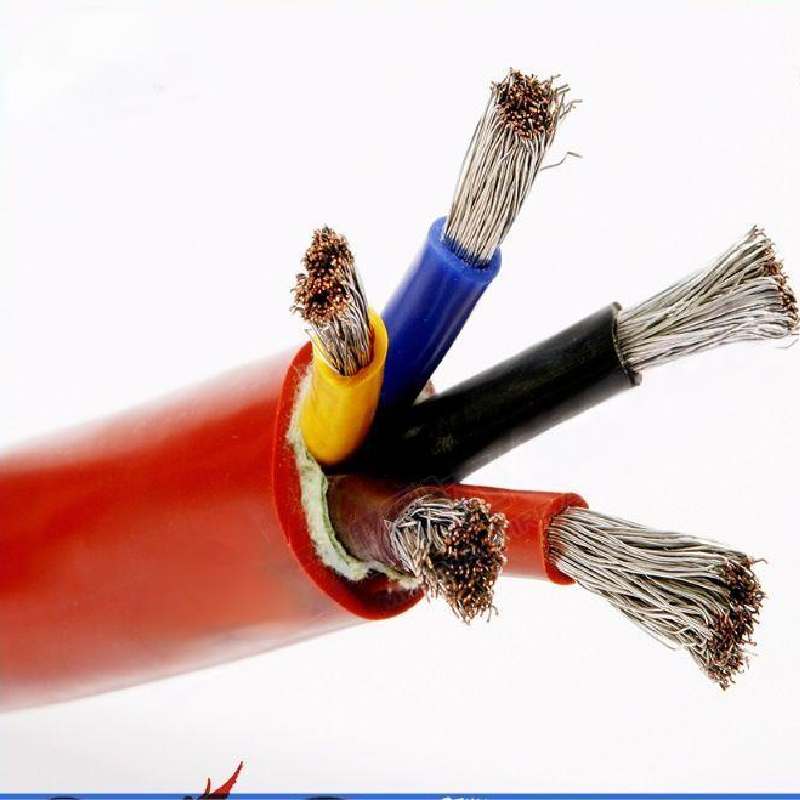Desemba . 31, 2024 22:08 Back to list
Understanding the Functionality and Benefits of Rubber Expansion Joints in Various Applications
Understanding Rubber Expansion Joints A Comprehensive Overview
Rubber expansion joints are essential components in various piping and duct systems, designed to absorb movements, vibrations, and misalignments. These specialized joints play a crucial role in ensuring the longevity and efficiency of systems by mitigating the stresses that arise from thermal expansion, contraction, and dynamic forces. This article delves into the construction, applications, benefits, and maintenance of rubber expansion joints, providing a rounded perspective on their significance in engineering.
Construction and Design
Rubber expansion joints are typically composed of a blend of elastomers, which are resilient materials that can return to their original shape after being stretched or compressed. The core of an expansion joint is often constructed from multiple layers of rubber and fabric reinforcement, enhancing its strength and flexibility. The design allows for radial, axial, and angular movements, accommodating the natural fluctuations that occur in piping systems due to temperature changes.
Common configurations include arch-type, tubular, and complex shapes, tailored for specific applications. An essential aspect of their design is ensuring they are adequately pressure-rated and chemically compatible with the fluids they will carry. Proper selection based on the operating conditions—like pressure, temperature, and fluid type—is critical to their effectiveness.
Applications
Rubber expansion joints are utilized across various industries, including
1. Water and Wastewater Treatment These joints help manage the dynamics in pipelines transporting fluids, protecting them from the stresses caused by changes in pressure and temperature. 2. HVAC Systems In heating, ventilation, and air conditioning applications, rubber expansion joints couple ductwork while allowing for vibration absorption and thermal expansion, ensuring seamless operation.
3. Power Generation These components are vital in steam and gas plants, where they accommodate movement due to thermal stresses and vibrations from pumps and turbines.
4. Chemical Processing The versatility of rubber allows it to withstand various chemicals, making it suitable for caustic applications where metal expansion joints would fail.
Benefits
rubber expansion joint

The use of rubber expansion joints provides several advantages
- Vibration Dampening They absorb vibrations, preventing fatigue and wear in connected pipes and equipment, leading to less maintenance and longer service life.
- Thermal Movement Accommodation Rubber expansion joints can effectively respond to thermal expansion and contraction, which is vital for maintaining system integrity under varying temperatures.
- Cost-Effectiveness Compared to metal joints, rubber expansion joints are often more economical, both in terms of upfront costs and maintenance needs.
- Corrosion Resistance Rubber is resistant to corrosion and abrasion, which is beneficial in environments where traditional materials might degrade.
Maintenance
While rubber expansion joints are designed for durability, routine maintenance is essential to ensure they function effectively over time. Regular inspections should check for signs of wear, cracking, or deterioration. The environment where the joints operate can significantly affect their lifespan; exposure to harsh chemicals, extreme temperatures, or ultraviolet light can degrade rubber materials more rapidly.
It is advisable to follow the manufacturer's guidelines regarding replacement schedules, as a malfunctioning expansion joint can lead to significant system failures, leaks, and costly downtime.
Conclusion
Rubber expansion joints play a pivotal role in various industrial applications, providing flexibility and resilience in the face of thermal, vibrational, and pressure-related challenges. By integrating these joints into piping and duct systems, engineers can enhance operational efficiency and prevent damage to vital infrastructure. Understanding their design, applications, benefits, and necessary maintenance can help facilities optimize their use and prolong the life of their systems. As industries continue to evolve, the role of rubber expansion joints stands as a testament to the importance of flexible engineering solutions in modern infrastructure.
Share
-
Reliable Wafer Type Butterfly Valves for Every IndustryNewsJul.25,2025
-
Reliable Flow Control Begins with the Right Ball Check ValveNewsJul.25,2025
-
Precision Flow Control Starts with Quality ValvesNewsJul.25,2025
-
Industrial Flow Control ReliabilityNewsJul.25,2025
-
Engineered for Efficiency Gate Valves That Power Industrial PerformanceNewsJul.25,2025
-
Empowering Infrastructure Through Quality ManufacturingNewsJul.25,2025